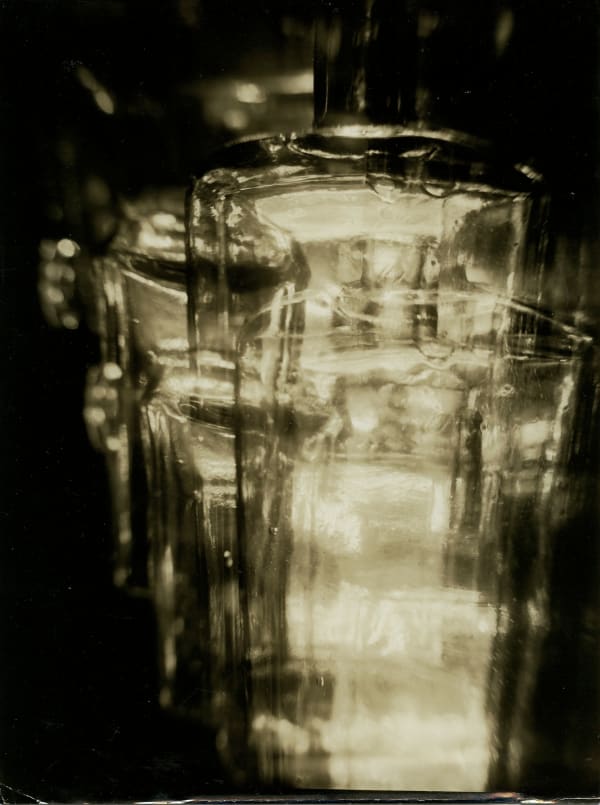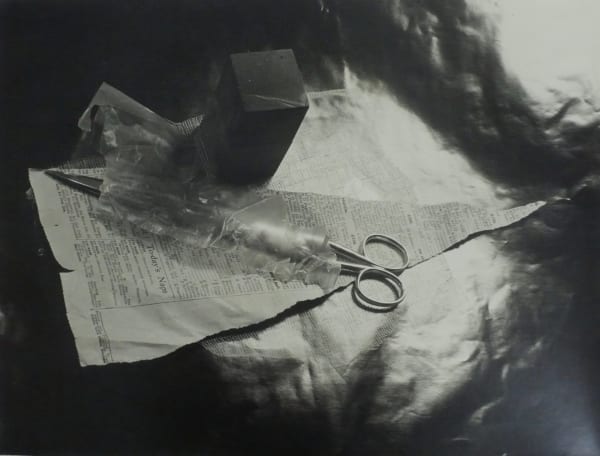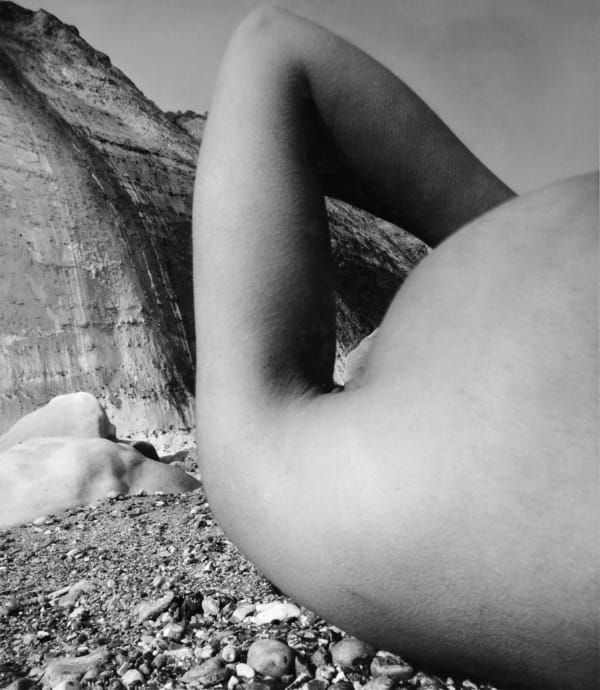Works
Biography
Born July 31, 1906, Buenos Aires (died June 18, 2012) Horacio Coppola was an Argentinian photographer who documented the gritty dynamism of Buenos Aires in the 1930s through stunning black-and-white photos that engaged viewers with their vertigo-inducing angles and experimental cropping. The 10th child in a family of Italian immigrants Coppola was initially educated at home in a style that followed a mixture of academic and South American traditions. He continued on to study Law and Modern Languages in Buenos Aires after an early initiation into the university. He became fully emerged into the cultural life of the city "the years when the suburbs emerged as a literary and political urban theme". While he studied he became the founding member of the Buenos Aires first Cinema Club, the cinema being another of his great passions. These were fruitful years, when the influence of the family receded before his direct experience of the avant-garde, in a city where the words of Jorge Louis Borges, the pictures of Alfredo Guttero and the teachings of Le Corbusier came together....amidst films by Chaplin and Eisenstein, poems by Baudelaire recited by Victoria Ocampo and a chance meeting with Marinetti, the creator of Futurism.
In 1926, Coppola began making his first photographs, and when he saw the prints he had made he " became aware of his vision". In 1928 he managed to obtain a classical 18x24cm bellows camera and started to experiment, producing his first self-portrait and using crystal prisms between the light source and the camera to create abstractions of glass. These pictures were undoubtedly influenced by what he knew of the futurist movement. He also took his camera out into the city and made his seminal pictures of Buenos Aires at night. He first received recognition for his work when writer Jorge Luis Borges used his images to illustrate the biography Evaristo Carriego (1930). Coppola subsequently travelled to Europe, where he briefly studied (1932-33) under Walter Peterhans of the Bauhaus design school in Berlin and developed his signature avant-garde style. Upon his return to Argentina in 1936, he was commissioned to photograph Buenos Aires for its 400th anniversary and used his newly acquired Leica camera to compose his famed nighttime street scenes and spirited snapshots of city life. Coppola was also praised for his portraits of artists, such as Marc Chagall and Joan Miró, and for his still life studies, including Egg and Twine (1932). His work was the subject of a retrospective in 1969 at the Museum of Modern Art in Buenos Aires.
Horacio Coppola is one of the last great avant-garde artists from the 20's and 30's not to have received the recognition he so justly deserves. This has been due to his reluctance to allow his work to be exhibited and sold outside his native Argentina, apart from a small collection in the Museum of Modern Art in San Francisco.
Exhibitions
-

Paris Photo 2024
Grand Palais, 7 avenue Winston Churchill, 75008, Paris, France 7 - 10 Nov 2024We will exhibit rare vintage photographs by artists including Dora Maar, László Moholy-Nagy, Man Ray, Horacio Coppola, Kansuke Yamamoto and Kati Horna to honour the 100th anniversary of the Surrealist...Read more -

THE ARMORY SHOW 2016
New York 3 - 6 Mar 2016A preview of the artists and artworks Michael Hoppen Gallery will be bringing to Armory 2016, NY.Read more -

ZONA MACO 2016
Art Fair, Mexico 3 - 7 Feb 2016A preview of the works that Michael Hoppen Gallery will be bringing to Zona Maco, Mexico.Read more -

AIPAD 2015
New York 16 - 18 Apr 2015Art Fair, New York, London, Art, April, ContemporaryRead more
Press
Publications
Enquire
















